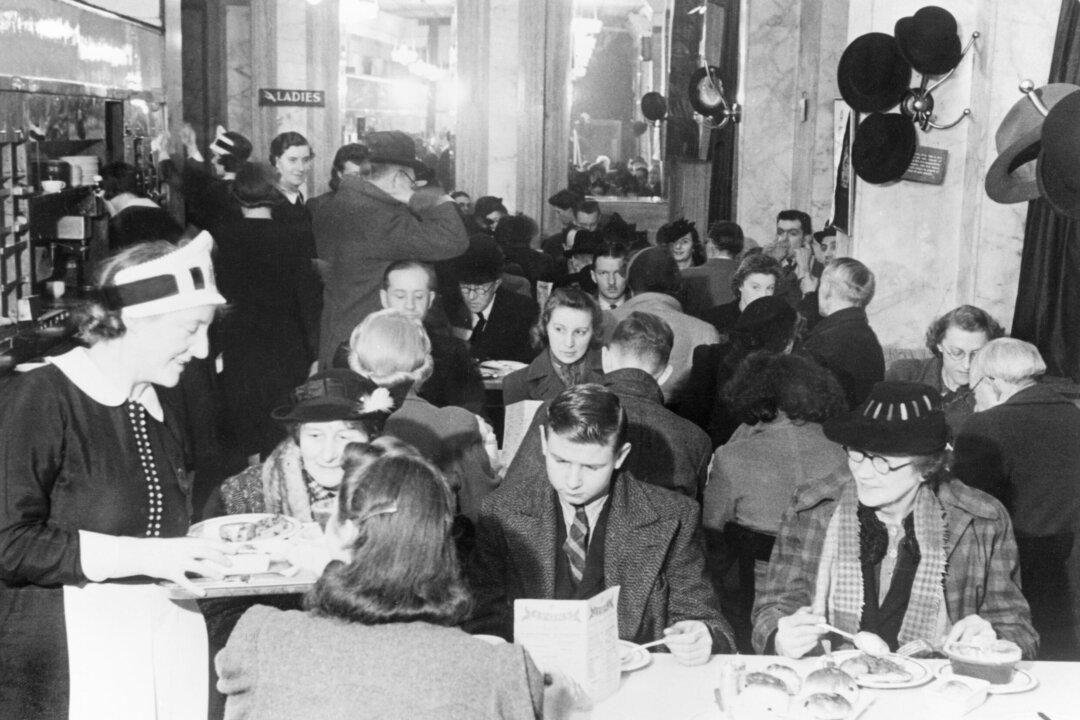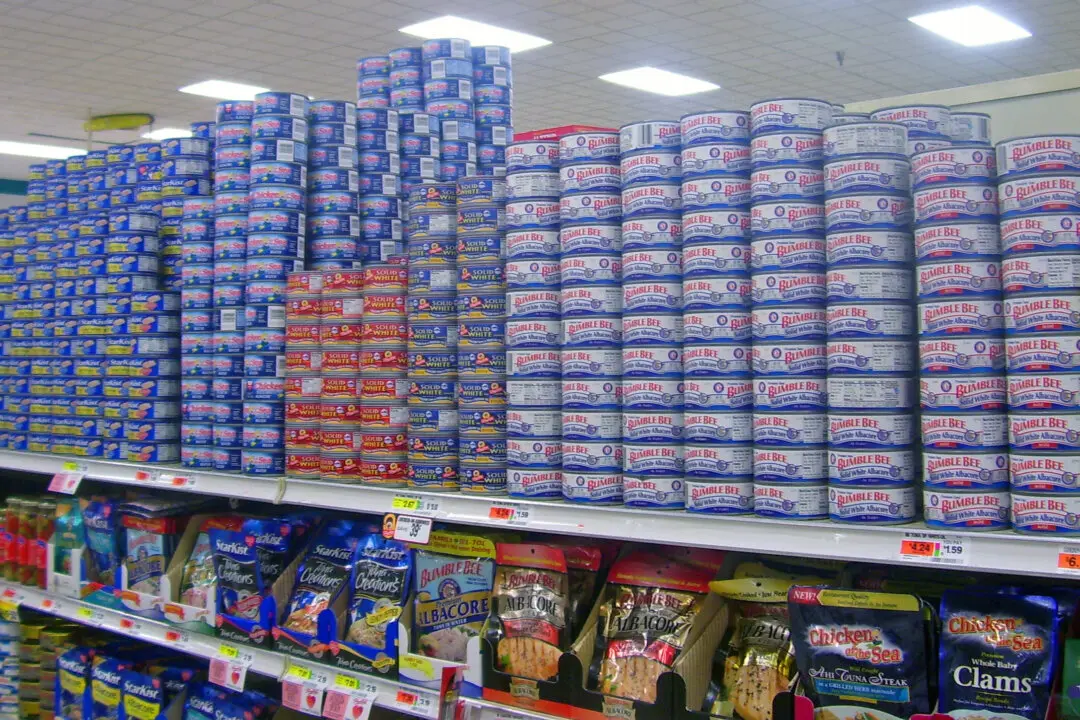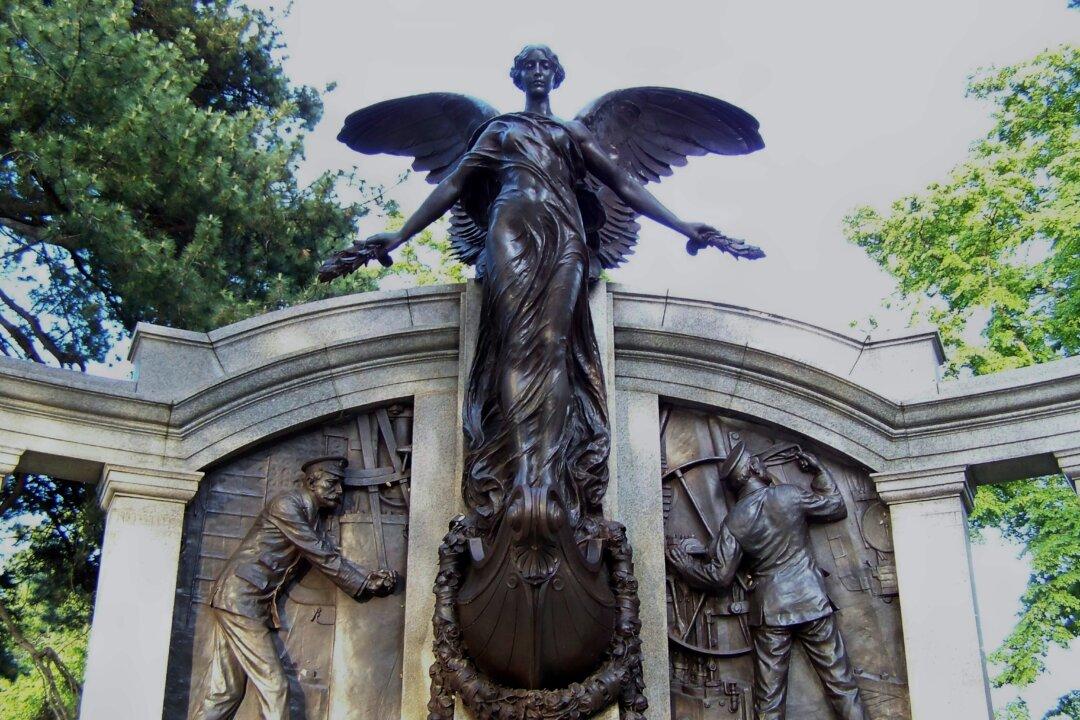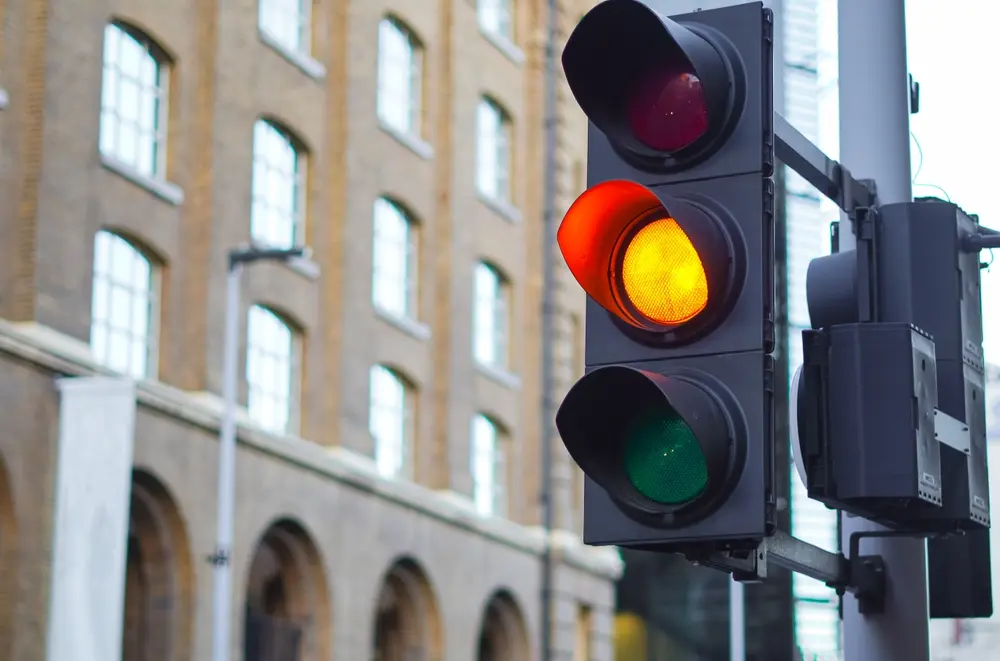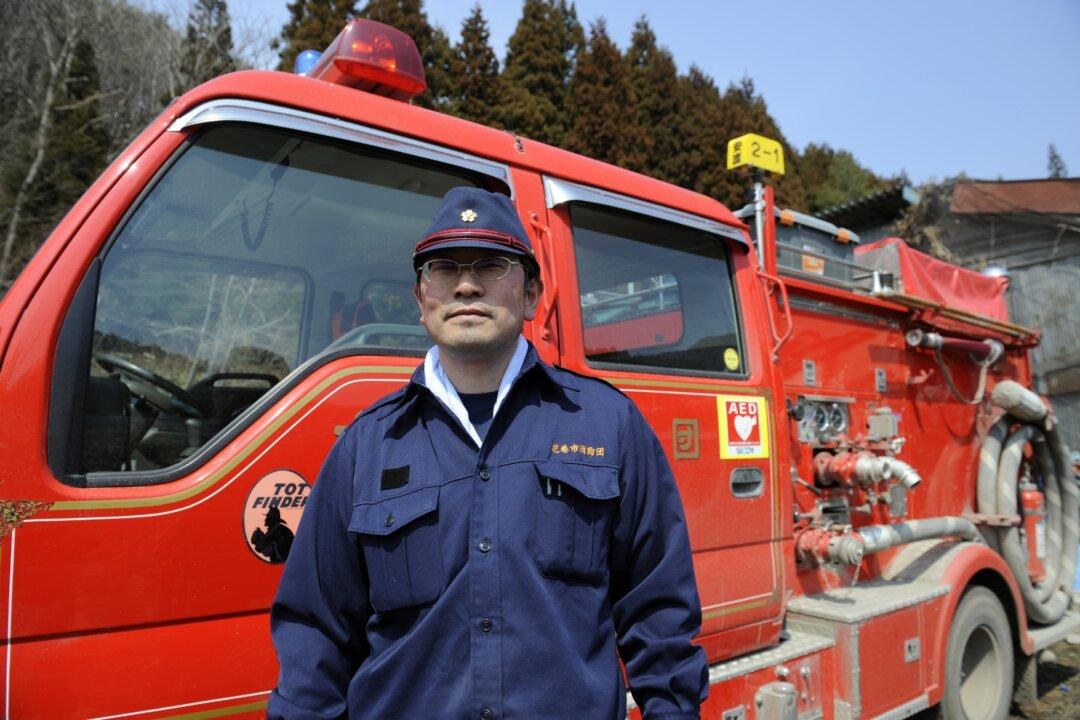Ever since the East India Company brought tea to Britain in the 1600s, the drink has become increasingly embedded in the country’s society. Today, the British consume over 100 million cups a day. Over the last couple of years, social media posts have made fun of the fact that tea-making equipment has even been installed in all British tanks. While technically true, the intended purpose for boiling vessels (BVs) in tanks and other military vehicles was to heat food rations and water for cleaning.
During World War II, British soldiers maintained their daily tea times. After a devastating defeat in June 1942 in the Libyan Desert, veteran soldiers recalled that their tea rations were the only thing that kept up their spirits. In fact, in that same year, Britain bought up all of the tea from every country in the world (except Japan), which equated to nearly 700 million pounds of tea leaves. In a single night during the war, the British dropped 75,000 tea bags over the German-occupied Netherlands with the message, “The Netherlands will rise again, chins up.”

